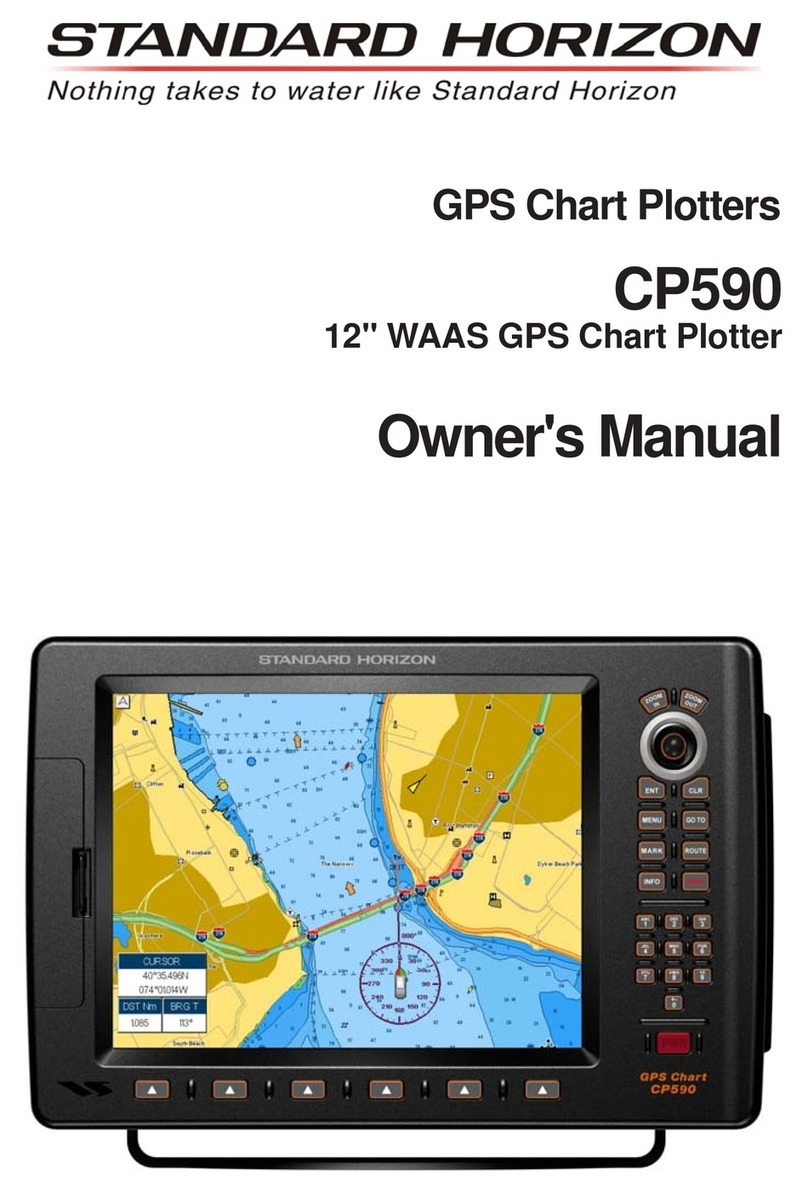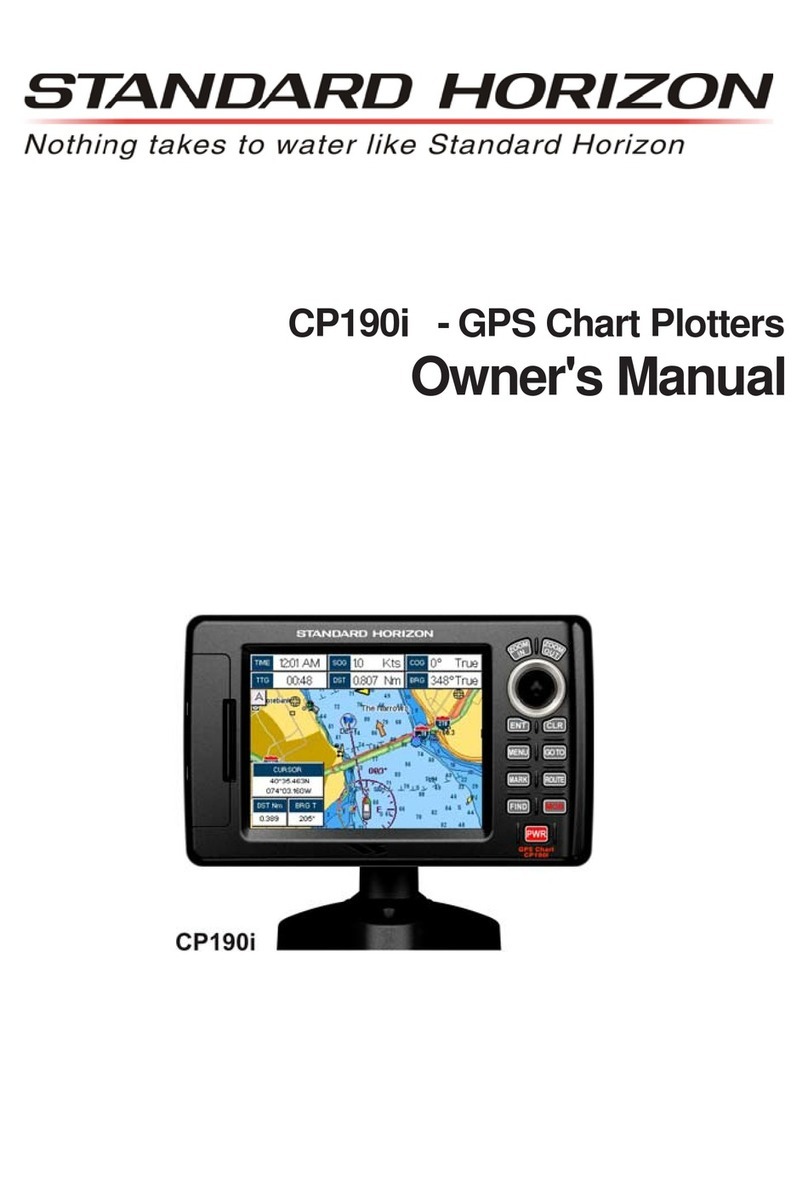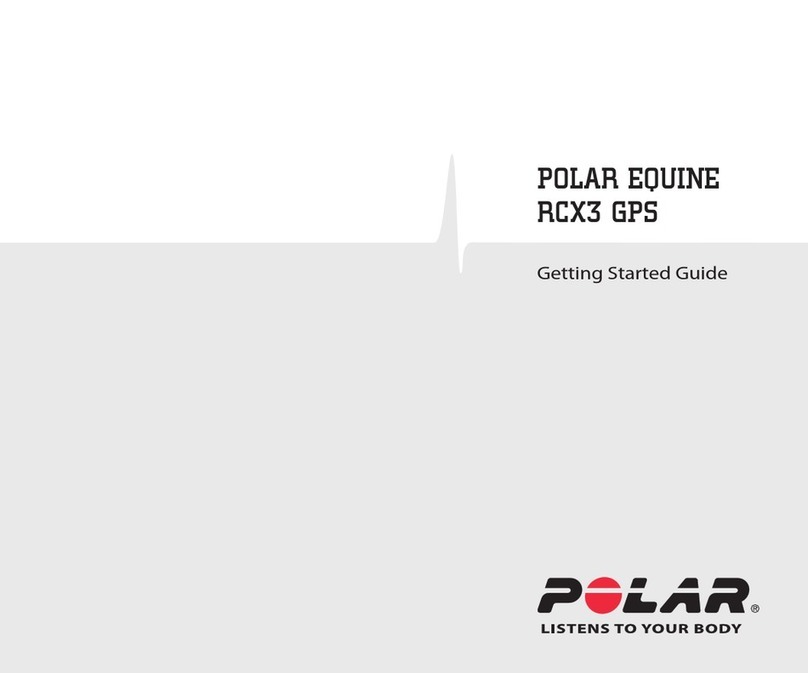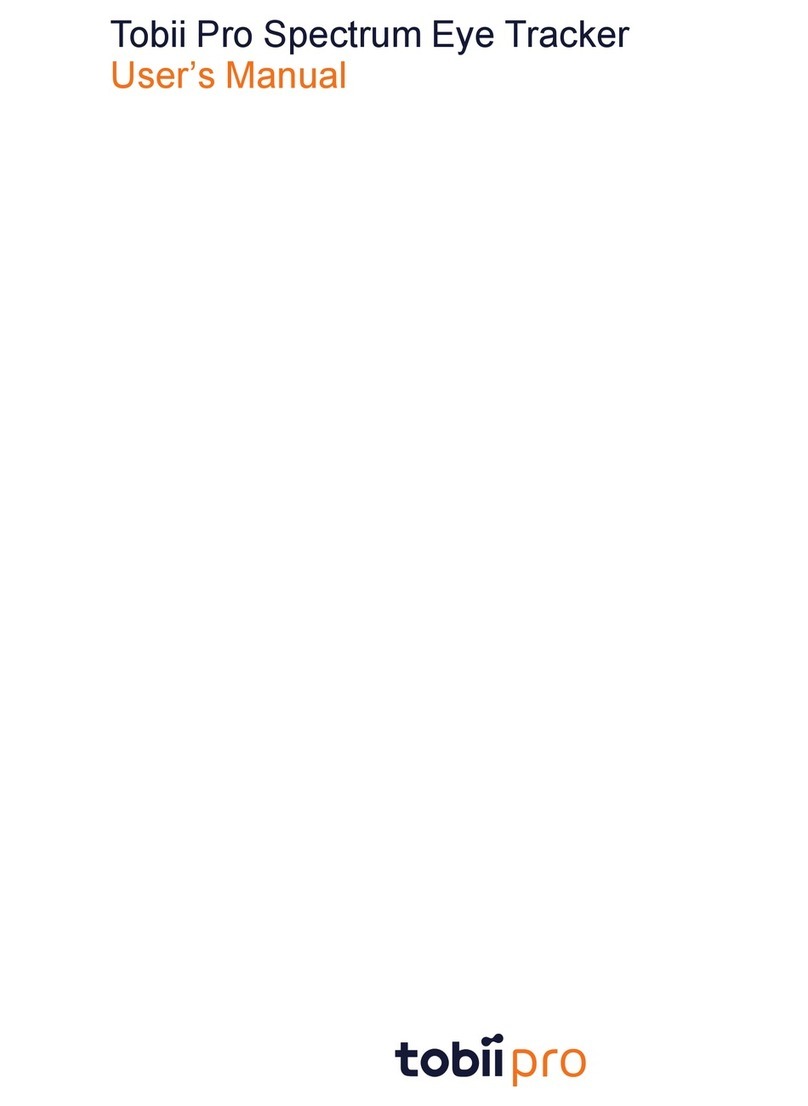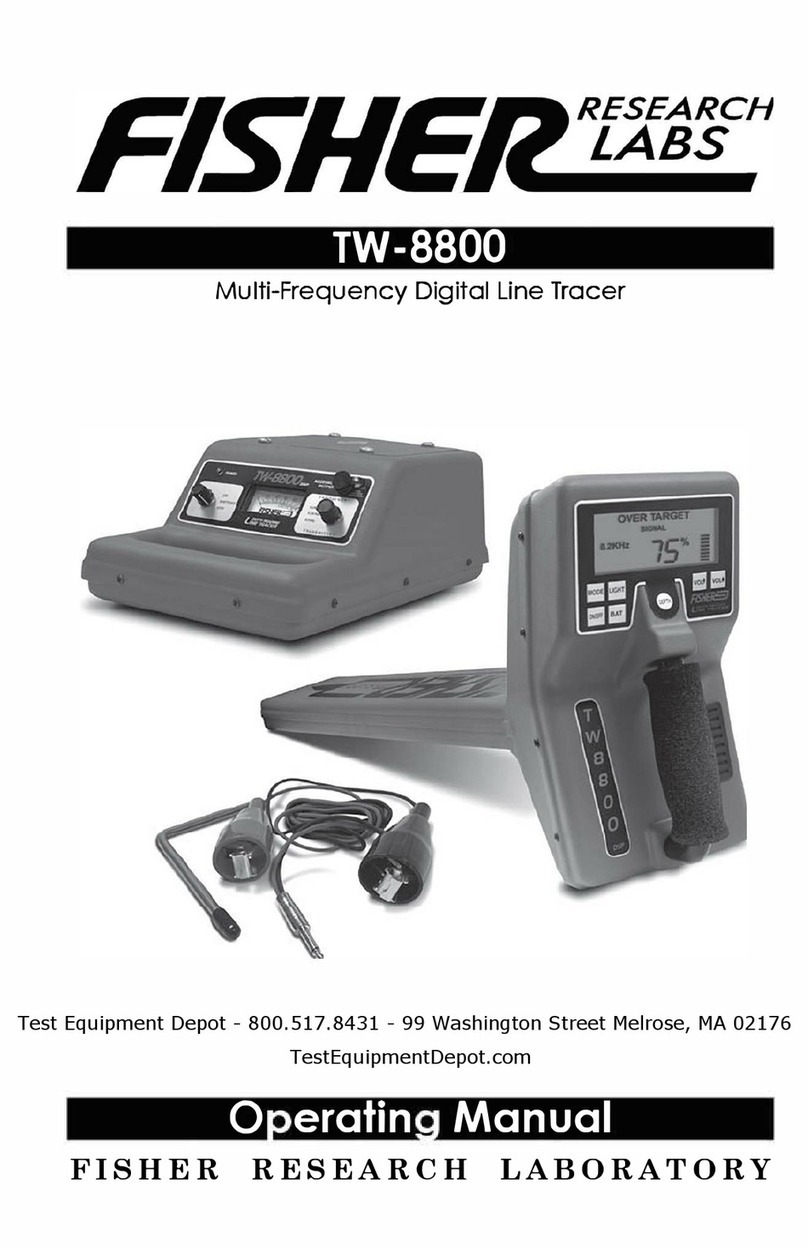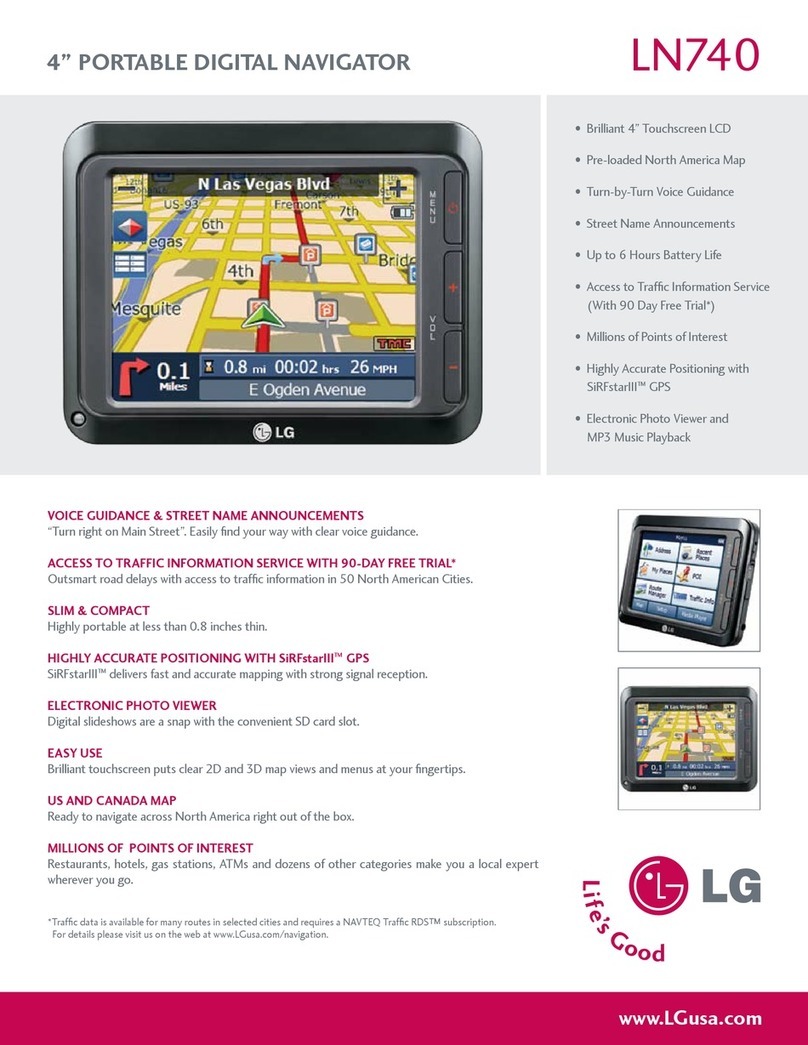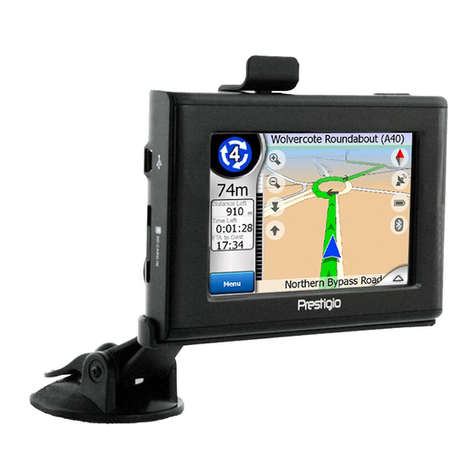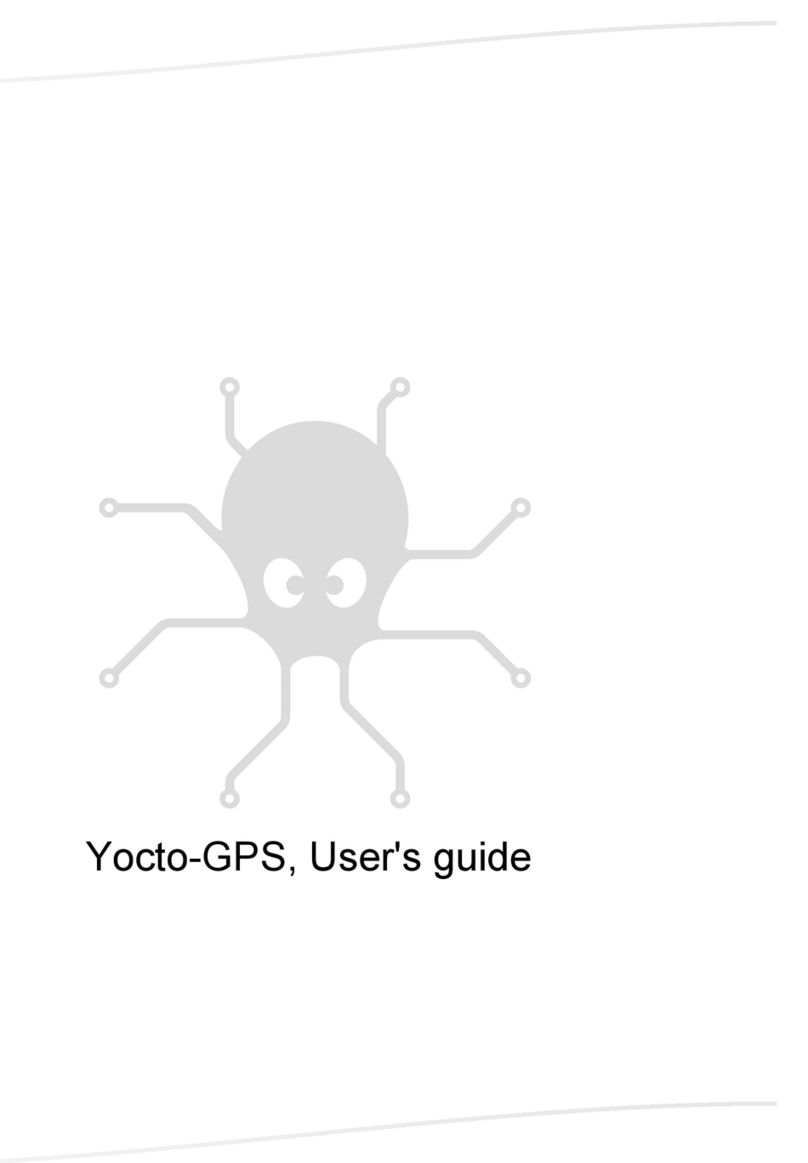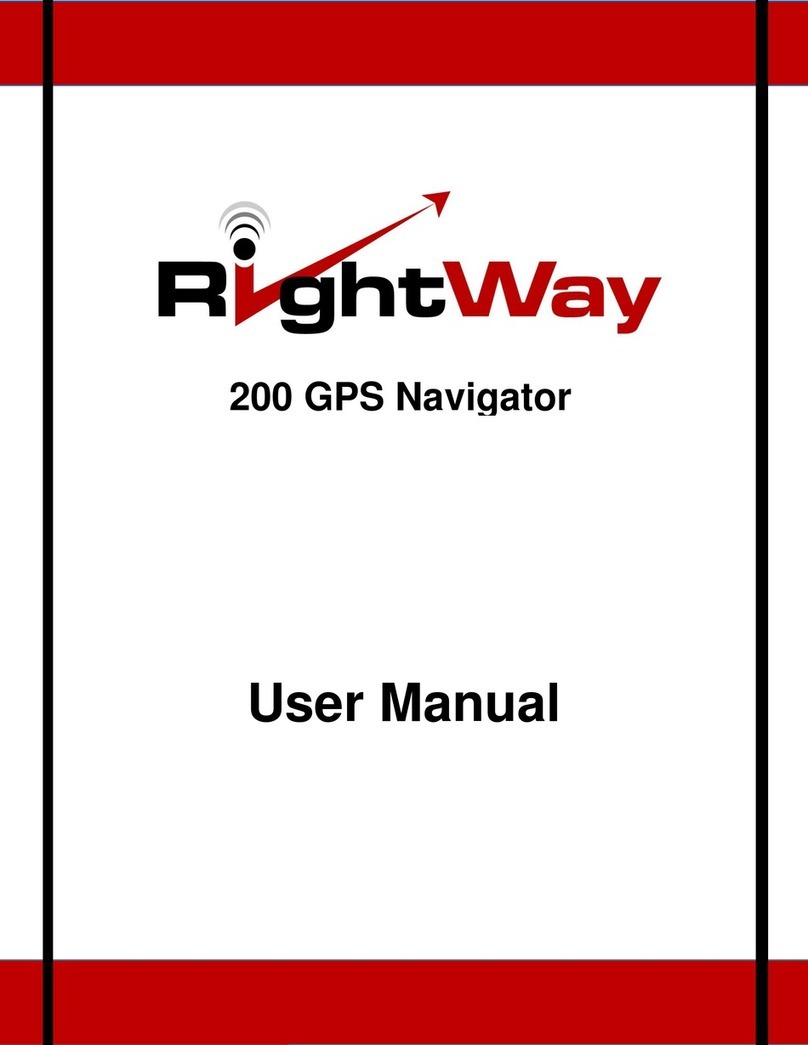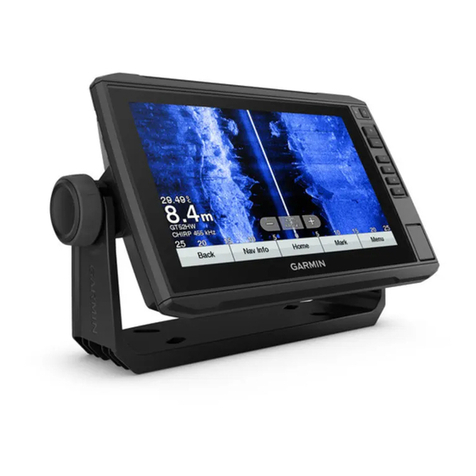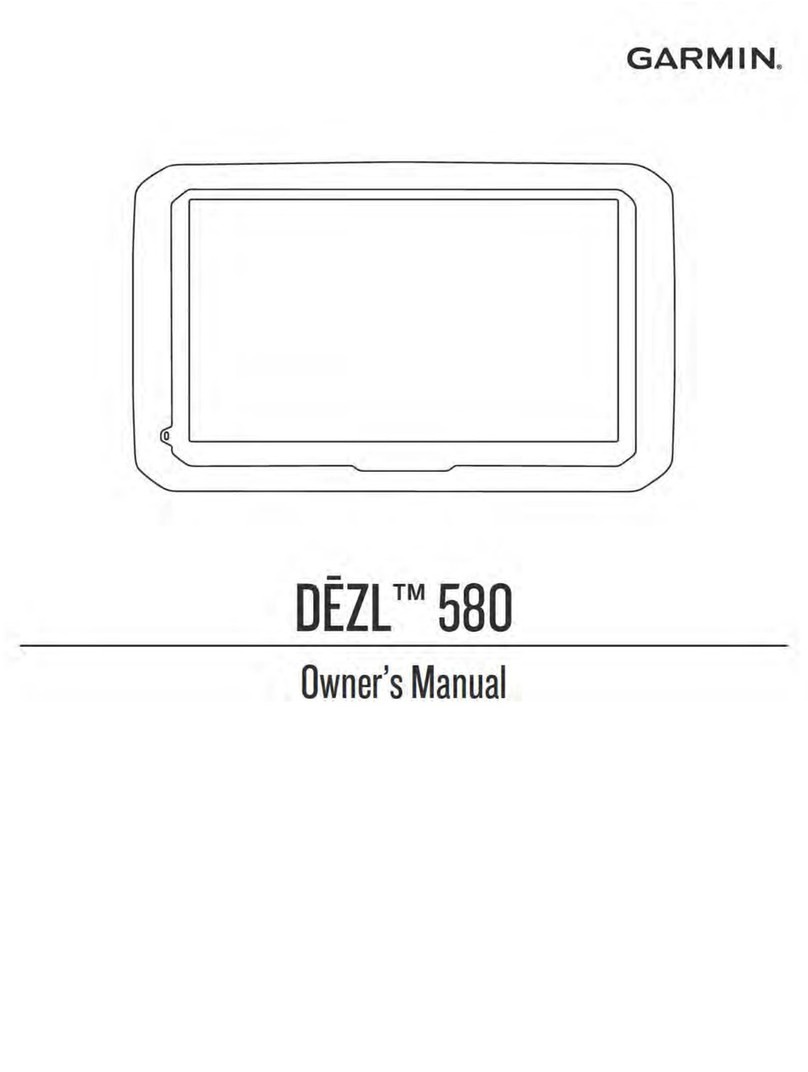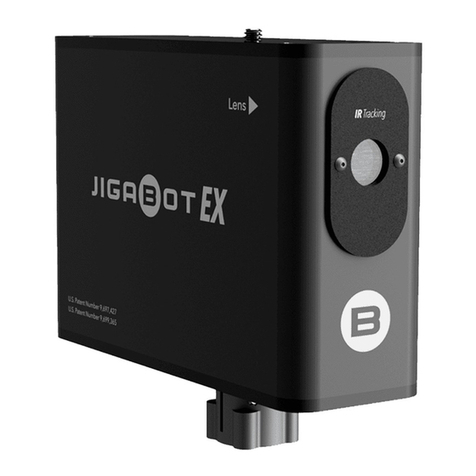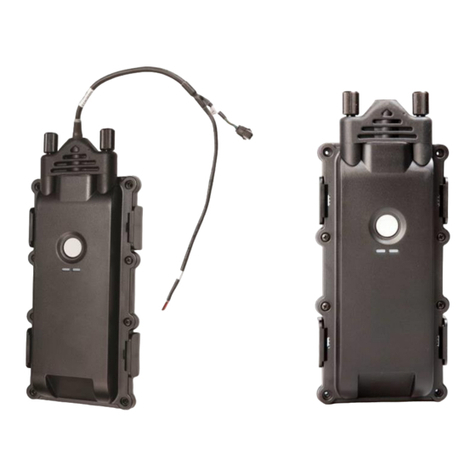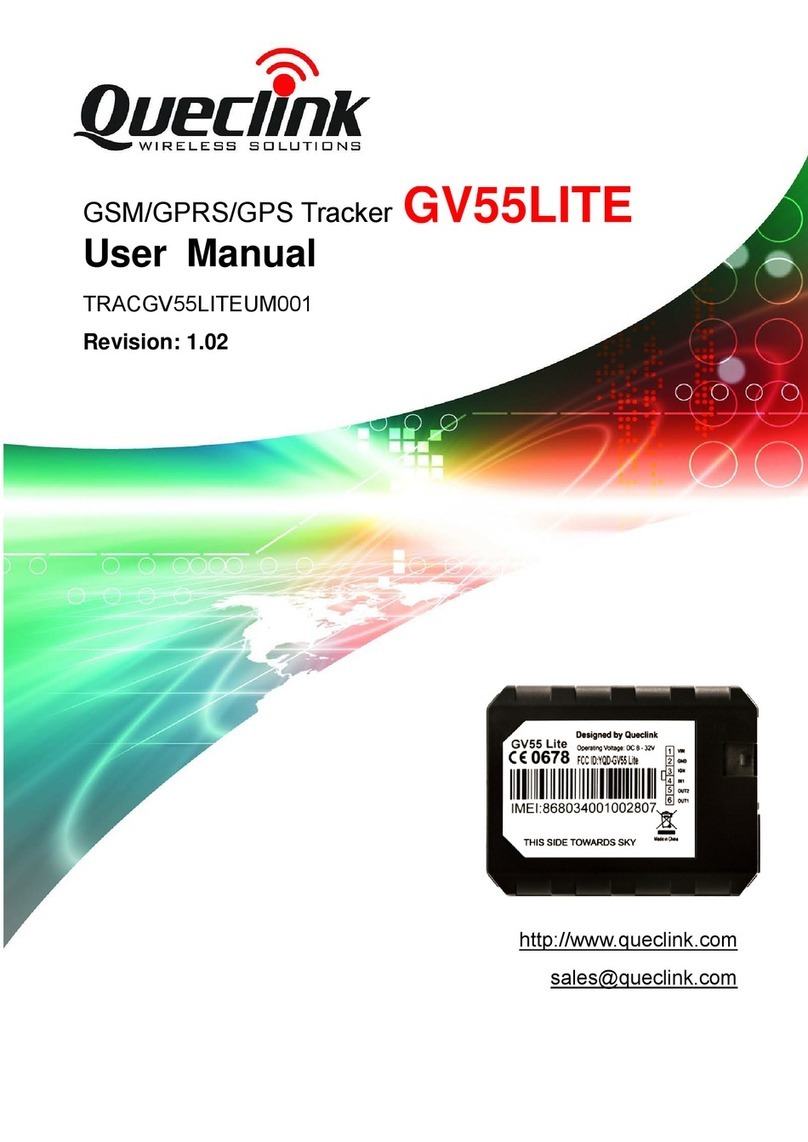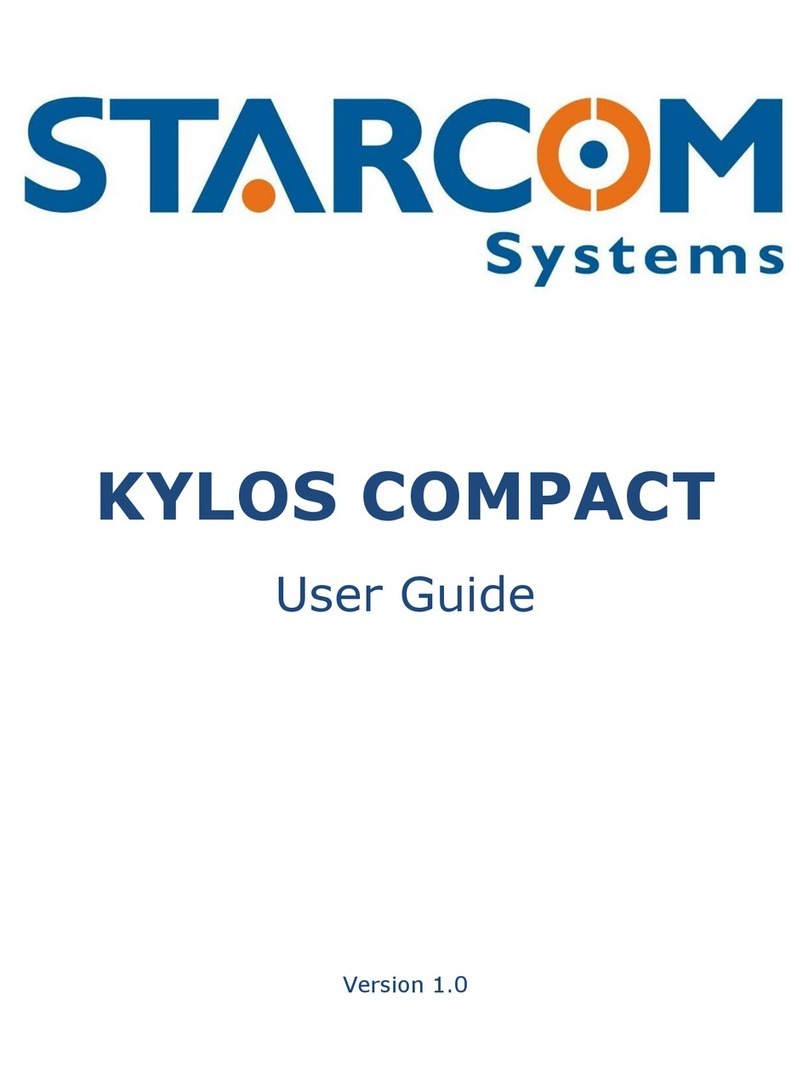CP500 Page 9
11. USER C-CARD .................................................................................................................77
11.0 USER C-CARD MENU ...........................................................................................77
11.0.0 Formatting the optional User C-CARD ...................................................... 77
11.0.1 Transferring files to the optional User C-CARD ........................................78
11.0.2 Loading a file from the optional User C-CARD .........................................78
11.0.3 Deleting a file from the optional User C-CARD ......................................... 78
11.0.4 Changing the optional User C-CARD ........................................................78
12. PAGES ..............................................................................................................................79
12.0 CHART PAGE ........................................................................................................80
12.0.0 Focus Soft Key on Dual Chart Page .........................................................80
12.0.1 Single Chart Page......................................................................................81
12.0.2 Window Selections .................................................................................... 82
12.0.3 Customizing the Data Windows ................................................................82
12.0.4 Additional Functions on Chart Page..........................................................83
12.0.5 Turning Off Information on Icon Points .....................................................83
12.0.6 Display Mode .............................................................................................84
12.0.7 Marine Settings ..........................................................................................85
12.0.8 Depth Settings ........................................................................................... 86
12.0.9 Land Settings .............................................................................................86
12.0.10Chart Settings ............................................................................................ 86
12.0.11Underwater Objects Settings..................................................................... 88
12.1 CUSTOMIZING CHART SETTINGS ......................................................................88
12.2 NAVIGATION PAGE .............................................................................................. 88
12.3 HIGHWAY PAGE ...................................................................................................89
12.4 CELESTIAL PAGE .................................................................................................90
12.5 GPS STATUS PAGE ..............................................................................................91
12.5.0 WAAS/EGNOS Setting..............................................................................91
12.5.1 Setup Menu................................................................................................91
12.6 NMEA DISPLAY PAGE ..........................................................................................92
Changing the NMEA Page Windows .....................................................................92
12.7 NMEA DATA PAGE................................................................................................93
12.8 NMEA TREND PAGES ..........................................................................................94
12.9 VHF DIGITAL SELECTIVE CALLING ....................................................................95
12.9.1 Distress Call...............................................................................................95
12.9.2 Position Request........................................................................................96
13. ADVANCED SETTINGS ...................................................................................................97
13.0 INPUT/OUTPUT (NMEA, AIS, RADAR) ................................................................97
13.0.0 Input ..........................................................................................................97
13.0.1 Ouput .........................................................................................................97
13.1 NAVIGATE..............................................................................................................98
13.1.0 Loran TD ....................................................................................................98
13.2 COMPASS ..............................................................................................................99
13.3 ALARMS .................................................................................................................99
13.4 SIMULATION ........................................................................................................100
13.4.0 Navigating a Route in Simulation mode ..................................................100
13.5 DSC POLLING......................................................................................................101
14. AIS ..................................................................................................................................103
14.0 SYSTEM DEFINITIONS .......................................................................................103
14.1 MENU ...................................................................................................................104
14.2 AIS SETUP ...........................................................................................................104
